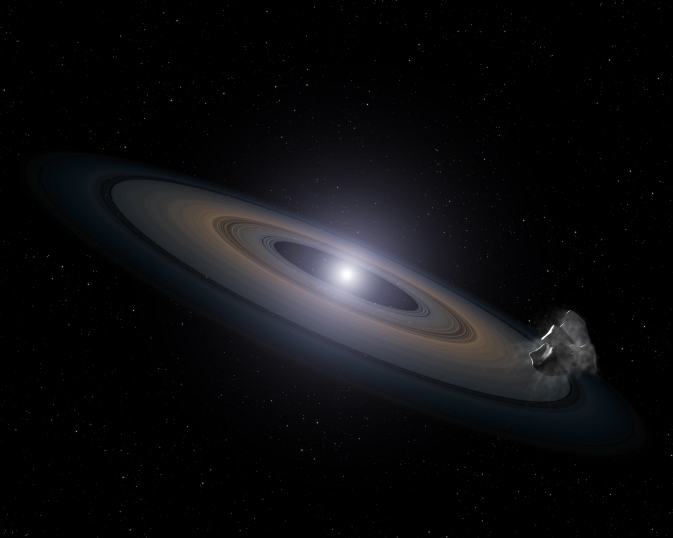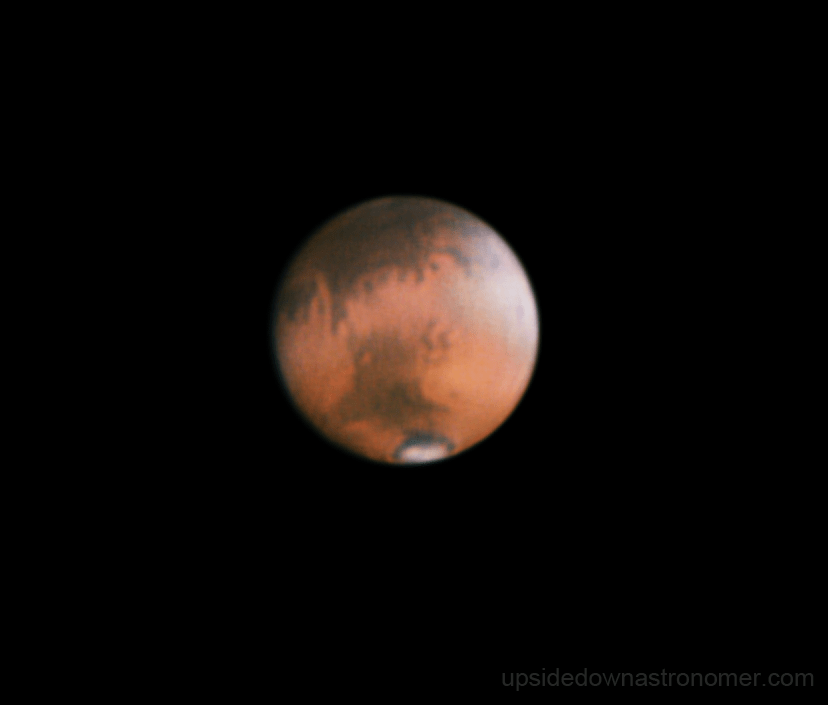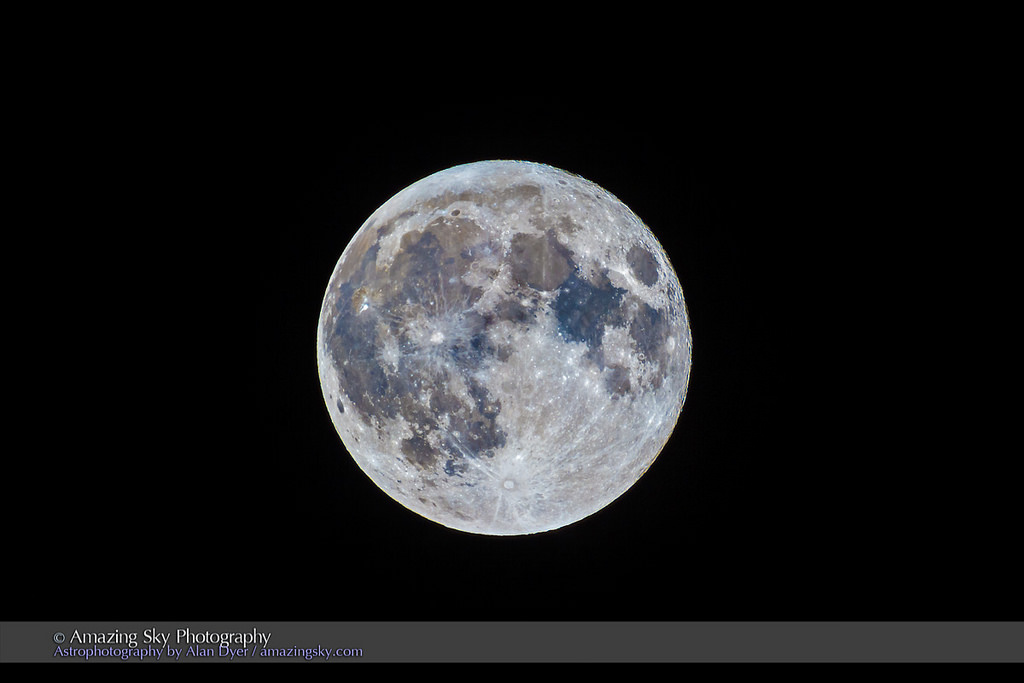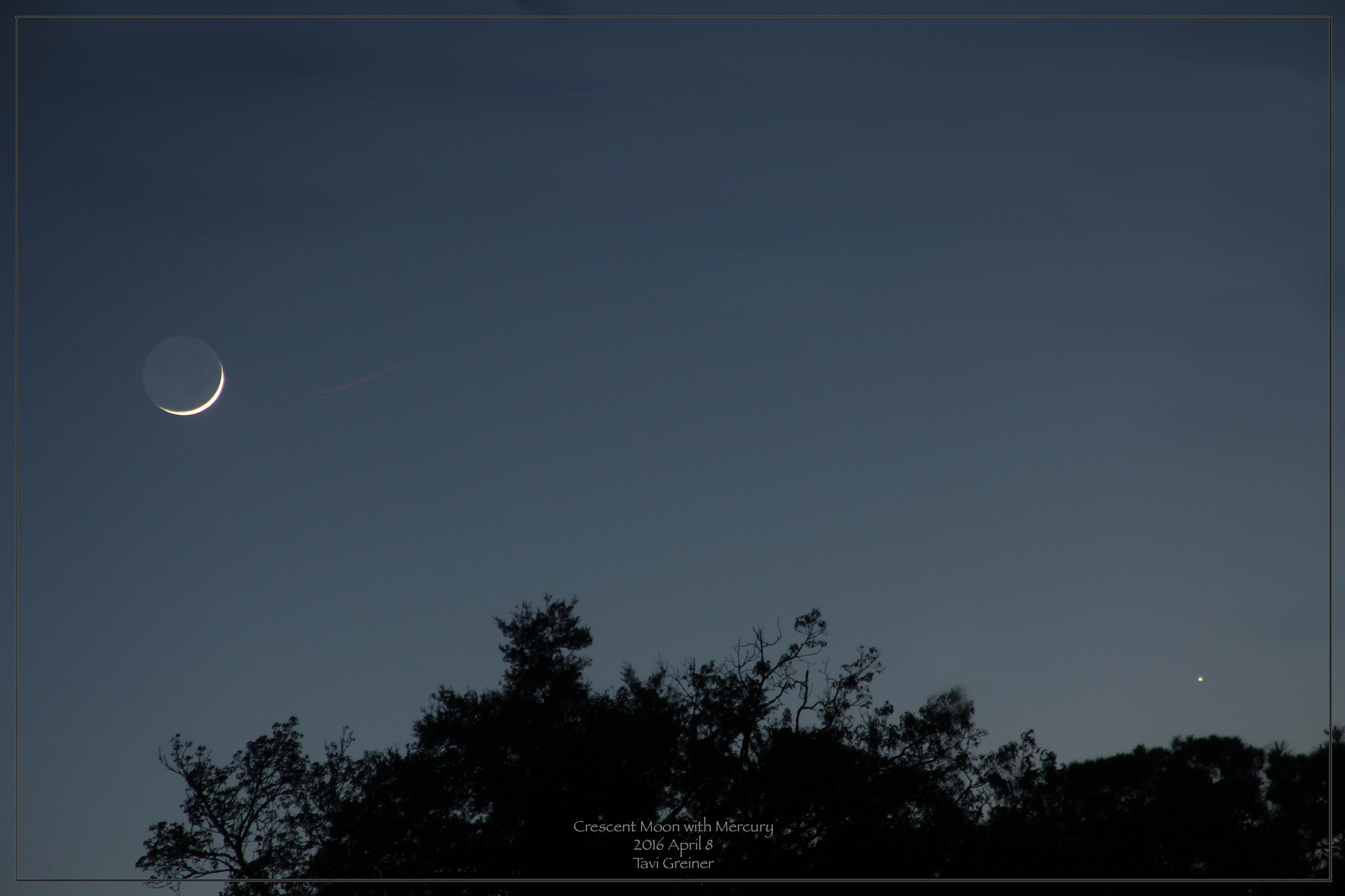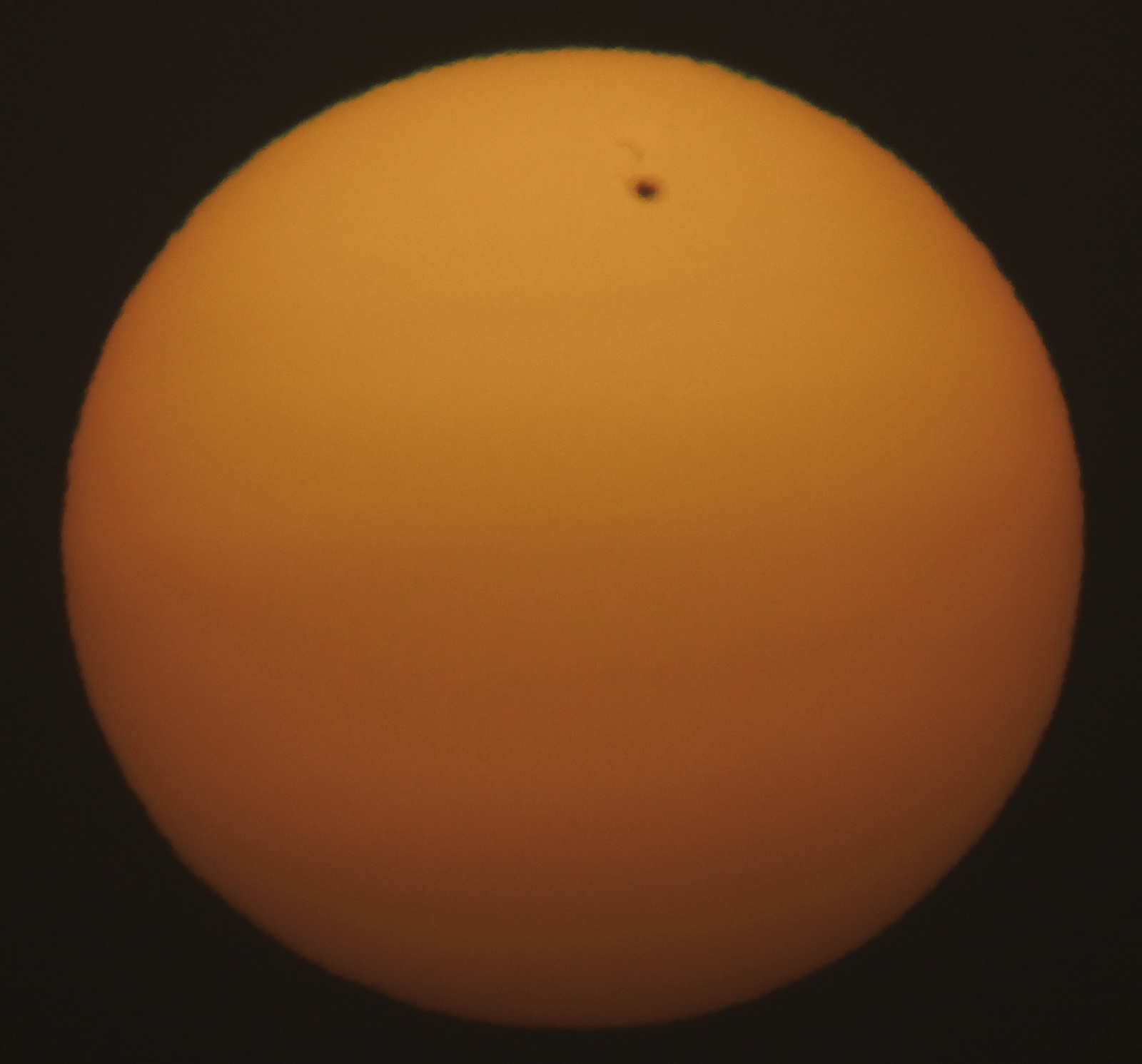What’s the value to exoplanet science of sifting through old astronomical observations? Quite a lot, as a recent discovery out of the Carnegie Institution for Science demonstrates. A glass plate spectrum of a nearby solitary white dwarf known as Van Maanen’s Star shows evidence of rocky debris ringing the system, giving rise to a state only recently recognized as a ‘polluted white dwarf.’ Continue reading “An Old Glass Plate Hints at a Potential New Exoplanet Discovery”
Into the Red: Our Complete Guide to Mars Opposition 2016
Ready to explore the Red Planet? Starting in May, Mars invades the evening skies of the Earth, as it heads towards opposition on May 22nd. Not only does this place Mars front and center for prime time viewing, but we’re headed towards a cycle of favorable oppositions, with Mars near perihelion, while Earth is near aphelion. Continue reading “Into the Red: Our Complete Guide to Mars Opposition 2016”
April Lunacy: Getting Ready for the Full ‘Mini-Moon’
Do you welcome the extra evening light of the Full Moon, or curse the additional light pollution? Either way, this week’s Full Moon on Friday April 22nd is special. It’s the smallest Full Moon of 2016, something we here at Universe Today have christened the Mini-Moon.
Mini-Moon 2016: This year’s Mini-Moon falls on April 22nd at 5:25 Universal Time (UT), just 13 hours and 19 minutes after lunar apogee the evening prior at 16:06 UT on April 21st. Though apogee on the 21st is 406,350 km distant – a bit on the far end, but the third most distant for the year by 300 km — this week’s Full Moon is the closest to apogee for 2016 time-wise. The 2015 Mini-Moon was even closer, in the 10 hour range, but you’ll have to wait until December 10th, 2030 to find a closer occurance.
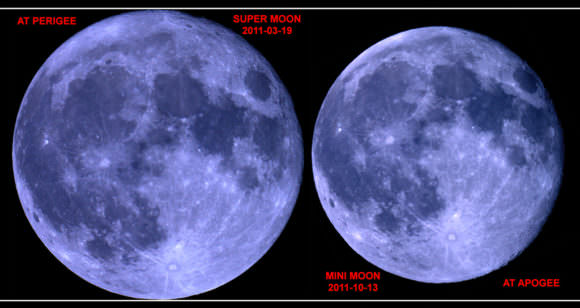
What is the Mini-Moon, you might ask? As with the often poorly defined Supermoon, we like to eschew the ambiguous ‘90% of its orbit’ definition, and simply refer to it as a Full Moon occurring within 24 hours of lunar apogee, or its farthest point from the Earth in its orbit.
Fun fact: the 29.55 day period from perigee to perigee (or lunar apogee-to-apogee) is known as an anomalistic month.

Thank our Moon’s wacky orbit for all this lunacy. Inclined 5.14 degrees relative to the ecliptic plane, the Moon returns to the same phase (say, Full back to Full) every 29.53 days, known as a synodic month. The Moon can appear 33.5′ across during perigee, and shrink to 29.4′ across near apogee.
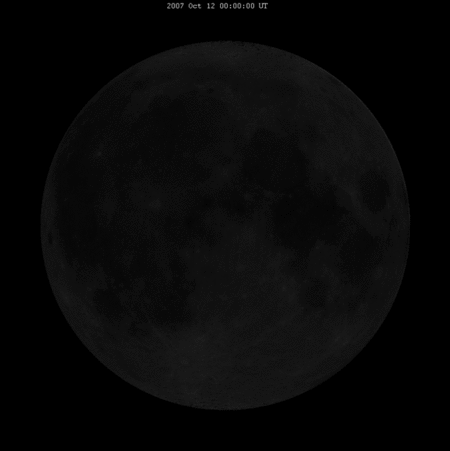
And don’t fear the ‘Green Moon,’ and rumors going ’round ye’ ole internet that promise a jaded Moon will occur in April or May; this is 100% non-reality based, seeking to join the legends of Super, Blood, and Full Moons, Black and Blue.
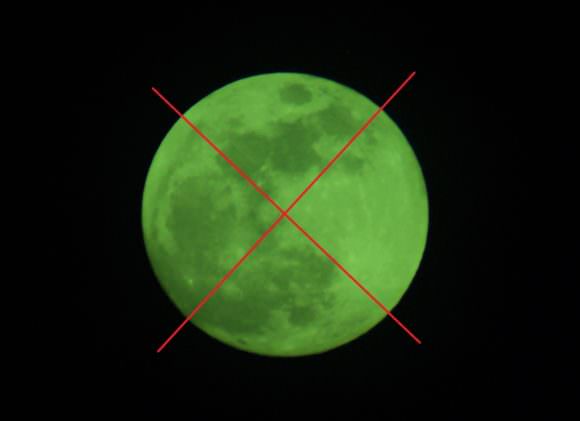
The April Full Moon is also known as the Full Pink Moon to the Algonquin Indians. The April Full Moon, can, on occasion be the Full Moon ushering in Easter (known as the Paschal Moon) as per the rule established by the 325 AD council of Nicaea, stating Easter falls on the first Sunday after the first Full Moon after the fixed date of the Vernal Equinox of March 21st. Easter can therefore fall as late as April 25th, as next occurs on 2038. The future calculation of Easter by the Church gets the Latin supervillain-sounding name of Computus.
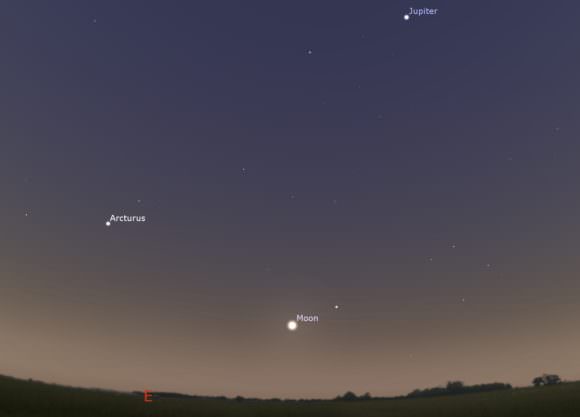
Of course, the astronomical vernal equinox doesn’t always fall on March 21st, and to complicate matters even further, the Eastern Orthodox Church uses the older Julian Calendar and therefore, Easter doesn’t always align with the modern western Gregorian calendar used by the Roman Catholic Church.
The Moon can create further complications in modern timekeeping as well.
Here’s one wonderful example we recently learned of in our current travels. The Islamic calendar is exclusively based on the synodic cycle of the Moon, and loses 11 days a year in relation to the Gregorian solar calendar. Now, Morocco officially adopted Daylight Saving (or Summer) Time in 2007, opting to make the spring forward during the last weekend of March, as does the European Union to the north. However, the country reverts back to standard time during the month of Ramadan… otherwise, the break in the daily fast during summer months would fall towards local midnight.
You can see a curious future situation developing. In 2016, Ramadan runs from sundown June 5th, to July 4th. Each cycle begins with the sighting of the thin waxing crescent Moon. However, as Ramadan falls earlier, you’ll get a bizarre scenario such as 2022, when Morocco springs forward on March 27th, only to fall back to standard time six days later on April 2nd on the start of Ramadan, only to jump forward again one lunation later on April 30th!
Morocco is the only country we’ve come across in our travels that follows such a convoluted convention of timekeeping.
Fun fact #2: the next ‘Mini-Moon’ featuring a lunar eclipse occurs on July 27th 2018.
And the Spring Mini-Moon sets us up for Supermoon season six months later this coming October-November-December. Though lunar perigees less than 24 hours from Full usually occur as a trio, an apogee less than 24 hours from Full is nearly always a solitary affair, owing to the slightly slower motion of the Moon at a farther distance.
Don’t miss the shrunken Mini-Moon rising on the evenings of Thursday April 21st and Friday 22nd, coming to a sky near you.
Prelude to Transit: Catching Mercury Under Dusk Skies
Have you ever seen Mercury? The diminutive innermost world takes the center stage next month, as it transits the Sun as seen from our early perspective on May 9th. This week, we’d like to turn your attention to bashful Mercury’s dusk apparition, which sets up the clockwork celestial gears for this event. Continue reading “Prelude to Transit: Catching Mercury Under Dusk Skies”
Huge Sunspot Turns Earthward
Our seemly placid host star is just full of surprises.
Just one week ago, it looked like we were set to enter the first spotless stretch of 2016, as the Earthward face of Sol presented one lonely sunspot group going ’round the limb, headed towards the solar far side. Continue reading “Huge Sunspot Turns Earthward”
Watch the Moon Occult Vesta and Aldebaran This Weekend
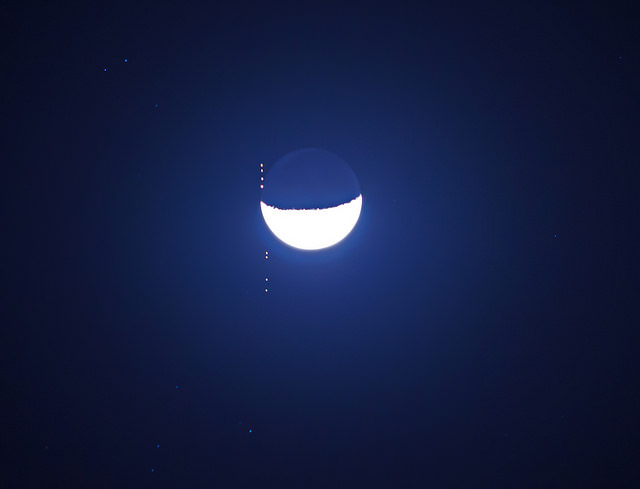
So, did you miss yesterday’s occultation of Venus by the Moon? It was a tough one, to be sure, as the footpath for the event crossed Europe and Asia in the daytime. Watch that Moon, though, as it crosses back into the evening sky later this week, and occults (passes in front of) the bright star Aldebaran for eastern North America and, for Hawaii-based observers, actually covers the brightest of the asteroids, 4 Vesta. Continue reading “Watch the Moon Occult Vesta and Aldebaran This Weekend”
A Challenging Daytime Occultation of Venus for Europe
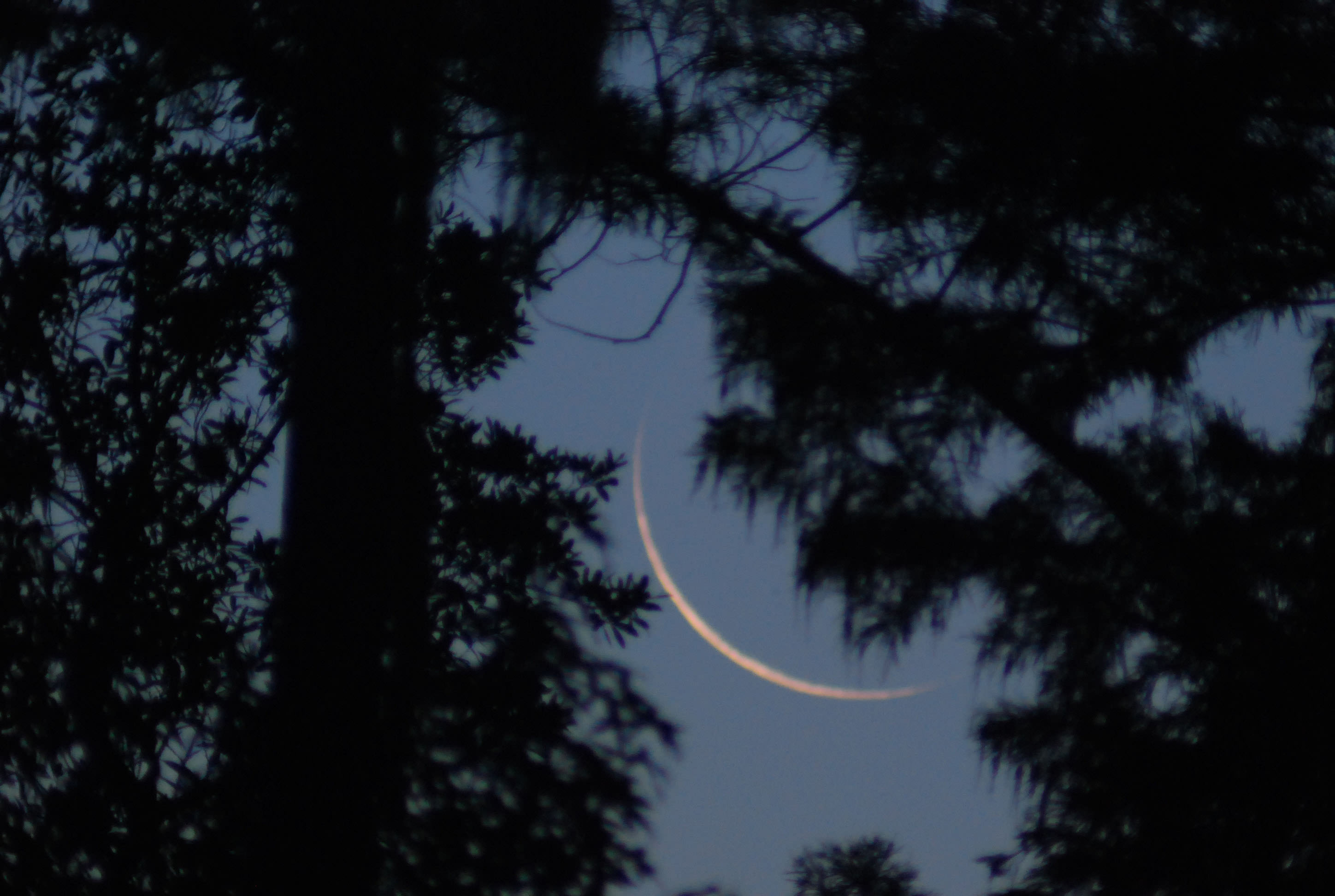
Sometimes, the Universe seems bent on hiding the most glorious of events right in plain sight. Just a such an event occurs next week, when the slender waning crescent Moon occults the planet Venus for observers across Europe, the United Kingdom and northern Asia. Continue reading “A Challenging Daytime Occultation of Venus for Europe”
Teasing the Galactic Ghoul, Past and Present

Launch. It’s the part of spaceflight that is always the most fraught with peril, as your precious and delicate scientific package is encapsulated on top of tons of explosives, the fuze is lit, and the whole package hurls spaceward.
As noted by Bob King earlier last week on Universe Today, the European Space Agency’s ExoMars Trace Gas Orbiter underwent just such an ordeal on March 14th, as it broke the surly bonds atop a Russian Proton rocket from the Baikonur Cosmodrome, and headed towards the Red Planet with the Schiaparelli Lander affixed snug to its side. The spacecraft may have very nearly suffered a disaster that would’ve left it literally dead in space.
Don’t worry; the ExoMars Trace Gas Orbiter is OK and safely in a heliocentric orbit now, en route for an orbital insertion around the Red Planet on October 19th, 2016. But our robotic ambassadors haven’t always been so lucky.
The Road to the Red Planet
Launching for Mars is a complex odyssey. Unlike U.S. Mars missions such as MAVEN and Curiosity, which typically launch atop an Atlas V rocket and head directly into solar orbit after launch, Russian Proton rocket launches initially enter a looping elliptical orbit around the Earth, and require a series of successive engine burns to raise the payload’s orbit for a final injection headed to Mars.
All was well as the upper stages did their job, four burns were performed, and the ExoMars Trace Gas Orbiter phoned home indicating it was in good health afterwards.
It’s what happened next that gave planners a start, and is still the source of a minor controversy.
While Russian sources tracked the Briz-M upper stage and say it worked as planned, observatories based in the southern hemisphere imaged the departure of ExoMars noted about half a dozen fragments following it. Having done its job, the Briz-M stage was to execute a maneuver after separation, placing it into a ‘graveyard’ solar orbit. Not only would this clear ExoMars on its trajectory, but the Red Planet itself.
Anatoly Zak notes in a recent article for Popular Mechanics online that the Briz-M upper stage isn’t subjected to strict sterilization measures, though its unclear if it too will reach Mars.
Solar orbit is littered with discarded boosters and spacecraft, going all the way back to the first mission to fly past the Moon and image the lunar farside, the Soviet Union’s Luna 3 in 1959. Some of these even come back on occasion to revisit the Earth as temporary moonlets, such as the Apollo 12 booster in 2002 and the Chang’e-2 booster in 2013.
And there is nothing more that the fabled ‘Galactic Ghoul’ loves than tasty Mars-bound spacecraft. Though the ExoMars Trace Gas Orbiter is in its expected trajectory to Mars as planned, it seems that the the Briz-M upper stage may have exploded seconds after spacecraft separation.

The incident is eerily similar to the fate that befell the Phobos-Grunt sample return mission. Also launched from Baikonur, the spacecraft was stranded in Earth orbit after its Fregat upper stage failed to do its job. Phobos-Grunt reentered on January 15th, 2012 just over two months after launch, taking its container of Planetary Society-funded tardigrades scheduled to make the round trip to Mars permanently to the bottom of the Pacific Ocean instead.
The Mars 96 mission also failed to leave Earth orbit, and reentered over South America on November 16th, 1996 with a radioactive payload meant for power surface penetrators bound for the Red Planet.
The Russians haven’t had good luck with Mars landers, though they fared better landing on Venus with their Venera program… and had at least one spare Venusian Death Probe crash on Earth and fight the Six Million Dollar Man back in the 1970’s TV show, to boot.
The U.S. has actually had pretty good luck on Mars, having only lost the Mars Polar Lander for seven successful landing attempts. If successful later this year, Schiaparelli will be a first landing on Mars for any other space agency other than NASA.

And you’ll be able to explore Mars for yourself shortly, as opposition season for the Red Planet is right around the corner. Opposition for 2016 occurs on May 22nd, and we’re in for a cycle of favorable oppositions leading up to one in 2018 that’s very nearly as favorable as the historic 2003 opposition.
Space is hard, but the ExoMars Trace Gas Orbiter seems to be made of still harder stuff, the likes of which no explosion in space can kill.
Onward to Mars!
A Penumbral Lunar Eclipse Leads the Way to Easter Weekend
Ready for Easter? The first of two lunar eclipses for 2016 occurs this week, though it’s an event so subtle, you might not notice it at first glance. We’re talking about Wednesday evening’s (morning for North America) penumbral lunar eclipse. If a total solar eclipse such as the one that crossed Indonesia and the Pacific Ocean earlier this month is the ultimate astronomical experience, then a penumbral lunar eclipse is at the other end of the spectrum, a ghostly shading on the Moon that is barely noticeable. Continue reading “A Penumbral Lunar Eclipse Leads the Way to Easter Weekend”
Comet Craziness: 252P LINEAR Brightens, and a Close Pass for BA14 PanSTARRS
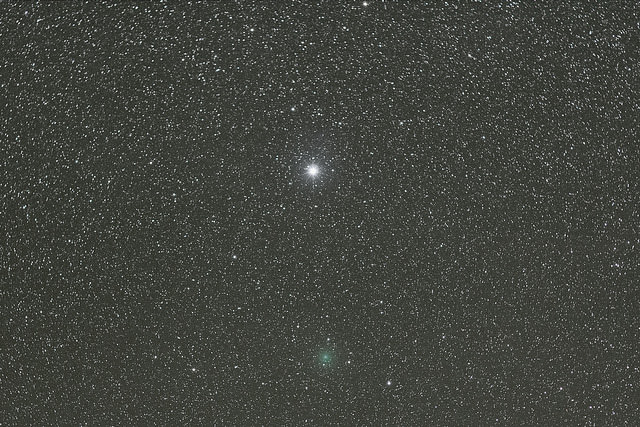
Ready for the next big ‘Comet of the Century?’ Yeah, us too. Cometary apparitions are the big unknown in backyard astronomy, an eternal uncertainty in the clockwork goings-on of the universe. Continue reading “Comet Craziness: 252P LINEAR Brightens, and a Close Pass for BA14 PanSTARRS”

